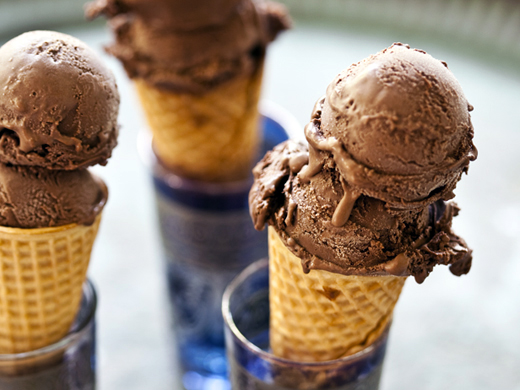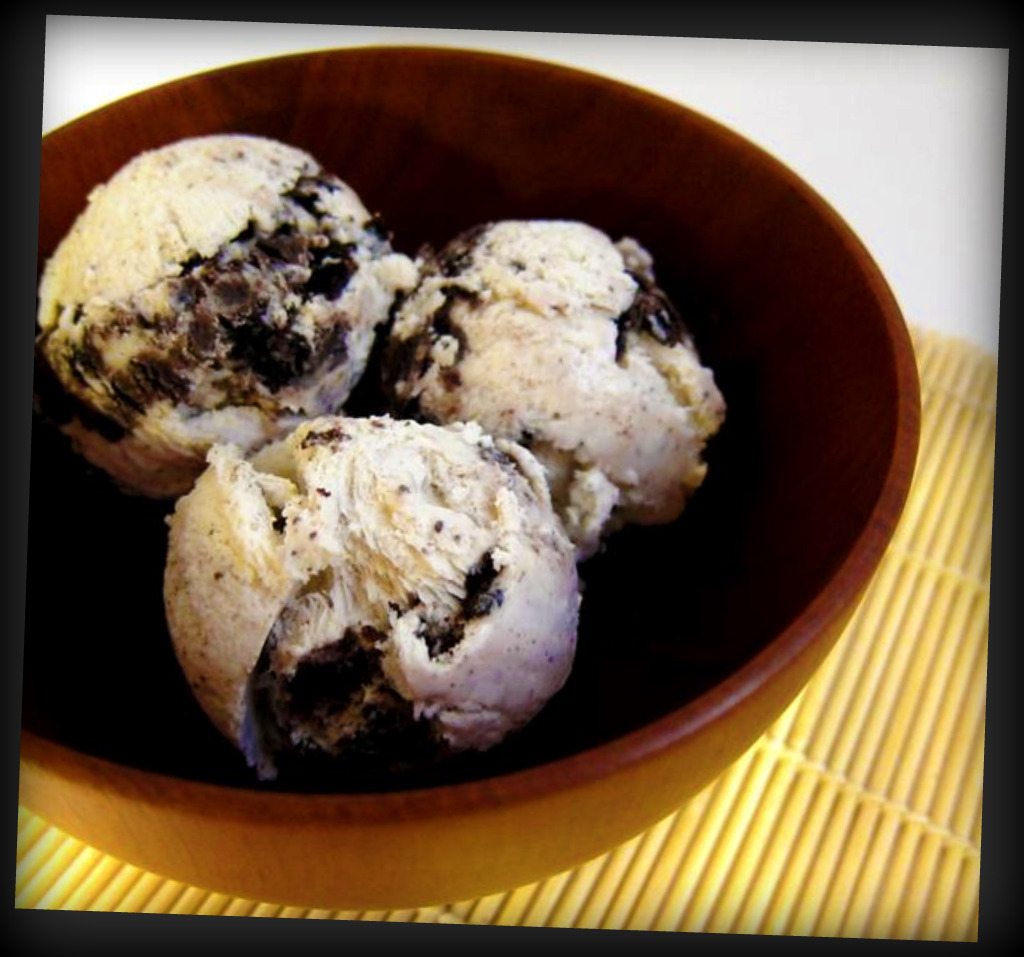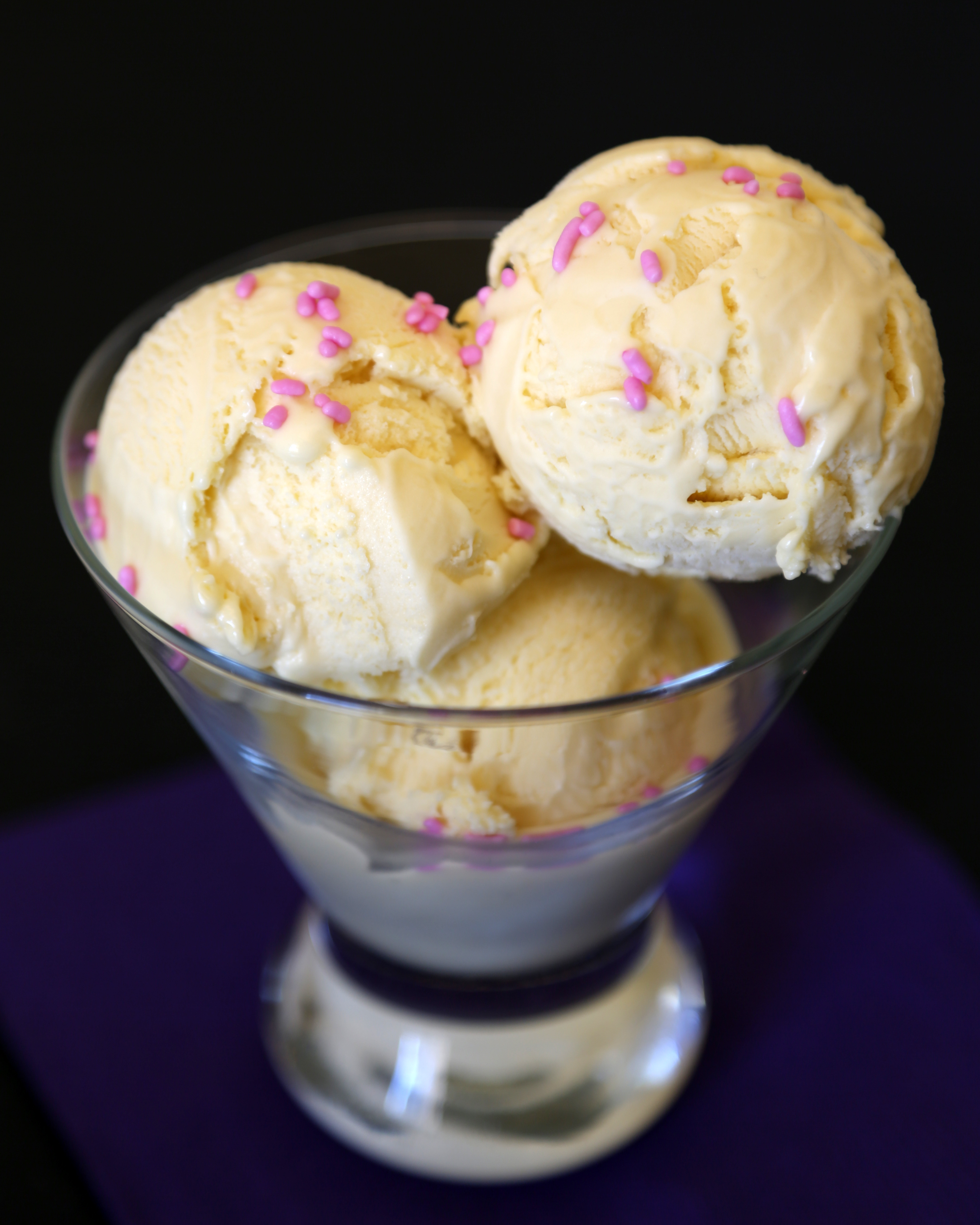Recipe Of Ice Cream Biography
Source (Google.com.pk)Before you read the following article, please
note that we have included a delicious, bio-friendly ice cream
recipe below.
`Ice cream manufacturers
are not required by law to list the additives used in the
manufacture of their product. Consequently, today most ice
creams are synthetic from start to finish. Analysis have shown
the following:
•
Diethyl Glucol, a cheap chemical, is used
as an emulsifier instead of eggs. Diethyl Glucol is the same
chemical used in anti-freeze and in paint removers.
•
Piperonal is used in place of vanilla.
This is a chemical used to kill lice.
•
Aldehyde C17 is used to flavour cherry ice
cream. It is an inflammable liquid which is also used in
aniline dies, plastic and rubber.
•
Ethyl Acetate is used to give ice cream a
pineapple flavour. It is also used as a cleaner for leather
and textiles and its vapors have been known to cause chronic
lung, liver and heart damage.
•
Butyraldehyde is used in nut-flavored ice
cream. It's one of the ingredients of rubber cement.
•
Amyl Acetate is used for its banana
flavour. It is also used as an oil paint solvent.
•
Benzyl Acetate is used for its strawberry
flavour. It's a nitrate solvent.
`The next time you're tempted by a
luscious-looking banana split sundae, think of it as a mixture
of anti-freeze, oil paint and nitrate solvent and lice-killer
and you won't find it so appetizing.'
Nature's Path, June 1958
While the article above dates back some
years, it is still true in some countries that ice cream
manufacturers are not required to list the additives used in
their product. The message is clear – only purchase those
products that have the ingredients clearly listed – and only opt
for those products that are produced from natural ingredients
and/or from ingredients that you have verified as being safe for
human consumption.
Farm House
Ice Cream
Here is a simple recipe for a delicious,
traditional, all-natural ice cream. We have been using this ice
cream for years and we love it. It is rich, so make it a weekly
treat rather than a daily indulgence.
4 free-range eggs
2 cups fresh cream
1/2 cup raw, natural or organic honey or
fructose
1/2 tsp natural vanilla
Whip cream. Separate eggs. In a separate
container whisk egg-whites until stiff. Slowly beat in honey.
Add egg-yolks and continue beating a few more minutes. Carefully
fold in whipped cream, spoon mixture into a typical ice cream
container. Immediately place in the freezer until firm – about
five hours. This makes two liters. Try variations by adding
coconut, carob or liquidized fruit. Add Nature's Choice Whey
Powder to improve texture. This recipe is convenient for an
electric blender or beater. If you do not have such equipment
then halve the ingredients and do the whipping with a hand
operated egg beater.
WE ALL SCREAM FOR ICE CREAM
It’s hard to imagine now, but for much of human history, Slurpees and Klondike bars and even the humble Reckless Rainbow would have been considered status symbols. Difficult to obtain and harder to store, ice itself was once a luxury. When the Roman Emperor Nero wanted Italian ice, he ordered it the old-fashioned way—dispatching his servants to fetch snow from mountain tops, wrap it in straw, and bring it back to mix with fruits and honey—a practice still popular with elites in Spain and Italy 1,500 years later. In the fourth century, the Japanese emperor Nintoku was so enamored with the frozen curiosity that he created an annual Day of Ice, during which he presented ice chips to palace guests in an elaborate ceremony. Around the world, monarchs in Turkey, India, and Arabia used flavored ices to punch up the extravagance at banquets, serving frosty bouquets flavored with fruit pulp, syrup, and flowers—often the grand finale at feasts intended to impress. But it wasn’t until the mid-16th century, when scientists in Italy discovered a process for on-demand freezing—placing a container of water in a bucket of snow mixed with saltpeter—that the ice cream renaissance truly began.
The innovation spread through European courts, and before long, royal chefs were whipping up red wine slushes, icy custards, and cold almond creams. Italian and French monarchs developed a taste for sorbets. And cooks experimented with every exotic ingredient in their arsenal: violets, saffron, rose petals. But while the excitement for ice cream grew, the treats were clearly reserved for the elite. The dessert needed a trip across the pond and a few more centuries of innovation before it could trickle down to the masses.
Ice cream came to America with the first colonists. British settlers brought recipes with them, and the treat found space at the Founding Fathers’ tables. George Washington loved it. Thomas Jefferson was such a fan that he studied the art of ice cream making in France and returned with a machine so he could churn his own flavors at Monticello. But even in this monarch-free land, the frosty desserts were an extravagance. Vanilla and sugar were expensive, and access to ice was limited. To serve the dessert year-round, Jefferson built himself an icehouse, refrigerated with wagonloads of ice harvested from the nearby Rivanna River. Still, even with all the means and materials, the road to producing ice cream was rocky.
As food historian Mark McWilliams explains in The Story Behind the Dish, making a scoop was laborious. Cooks had to extract the iced mixture from a frozen pewter bucket, churn and blend it with cream by hand, and place the concoction back into the bucket for additional freezing. To get the desired silky texture, this churning had to be repeated multiple times over days. McWilliams writes, “the process was long and taxing, and thus generally managed by servants or slaves.” Still, there was a market for the product. According to McWilliams, “The labor-intensive process may have restricted ice cream to the wealthy, but it also measured how strongly ice cream was desired.” Everyone wanted a taste. And now, as a new wave of immigrants began looking for something novel to peddle on city streets, working-class people were about to take their licks.
THE ICE AGE
In the 1800s, the ice delivery industry exploded. Companies began harvesting frozen rivers and transporting ice to homes at affordable prices. Meanwhile, the technology for hand-crank ice cream makers advanced, making it far easier to scoop sundaes at home. Before long, ice cream was regularly served in parlors and tea gardens across the country. By the 1830s, ice cream’s role as an Independence Day treat was well established. But for the poor urban populations who couldn’t afford July 4th ices or the fresh ingredients to make ice cream at home, immigrant street vendors came to the rescue. Fresh off the boat and with limited job prospects, these innovators used their culinary talents to grasp at the American dream, selling frozen treats from carts chilled with ice.
“Italy and France was where ice cream was first truly developed; they made it delicious,” says food writer Laura B. Weiss, author of Ice Cream: A Global History. “In the U.S., they developed the business.” The cheap wooden wagons let proprietors avoid rent and taxes that came with setting up a store. And demand for their wares was always high.
One popular treat, called hokey-pokey, was a Neapolitan-striped confection. Made with condensed milk, sugar, vanilla extract, cornstarch, and gelatin, all cut into two-inch squares and wrapped in paper, the bite-sized dessert was the perfect street food. According to Anne Cooper Funderburg’s Chocolate, Strawberry, and Vanilla: A History of American Ice Cream, young children of all ethnicities—Jewish, Irish, Italian—would gather on the cobbled streets of Park Row and the Bowery, heeding the vendors’ melodic call: “Hokey-pokey, sweet and cold; for a penny, new or old.” (“Hokey-pokey” is a mangling of the Italian phrase O che poco, or “Oh, how little.”)
Penny licks were also popular among New York’s children and the working class. Before the invention of the ice cream cone, vendors scooped ice cream into a regular glass, which a customer would lick clean. Then they returned the glass to the peddler, who would swish it in a pail before refilling it for the next customer. It was an entirely unsanitary practice. “The mix-ins were bacteria, not chocolate chips,” says Weiss.
Recipe Of Ice Cream Recipes for Ice Cream Cakes Maker In Urdu Machine Sundaes Sandwiches Magic Pie Photos

Recipe Of Ice Cream Recipes for Ice Cream Cakes Maker In Urdu Machine Sundaes Sandwiches Magic Pie Photos

Recipe Of Ice Cream Recipes for Ice Cream Cakes Maker In Urdu Machine Sundaes Sandwiches Magic Pie Photos

Recipe Of Ice Cream Recipes for Ice Cream Cakes Maker In Urdu Machine Sundaes Sandwiches Magic Pie Photos

Recipe Of Ice Cream Recipes for Ice Cream Cakes Maker In Urdu Machine Sundaes Sandwiches Magic Pie Photos

Recipe Of Ice Cream Recipes for Ice Cream Cakes Maker In Urdu Machine Sundaes Sandwiches Magic Pie Photos

Recipe Of Ice Cream Recipes for Ice Cream Cakes Maker In Urdu Machine Sundaes Sandwiches Magic Pie Photos

Recipe Of Ice Cream Recipes for Ice Cream Cakes Maker In Urdu Machine Sundaes Sandwiches Magic Pie Photos

Recipe Of Ice Cream Recipes for Ice Cream Cakes Maker In Urdu Machine Sundaes Sandwiches Magic Pie Photos

Recipe Of Ice Cream Recipes for Ice Cream Cakes Maker In Urdu Machine Sundaes Sandwiches Magic Pie Photos

Recipe Of Ice Cream Recipes for Ice Cream Cakes Maker In Urdu Machine Sundaes Sandwiches Magic Pie Photos
No comments:
Post a Comment